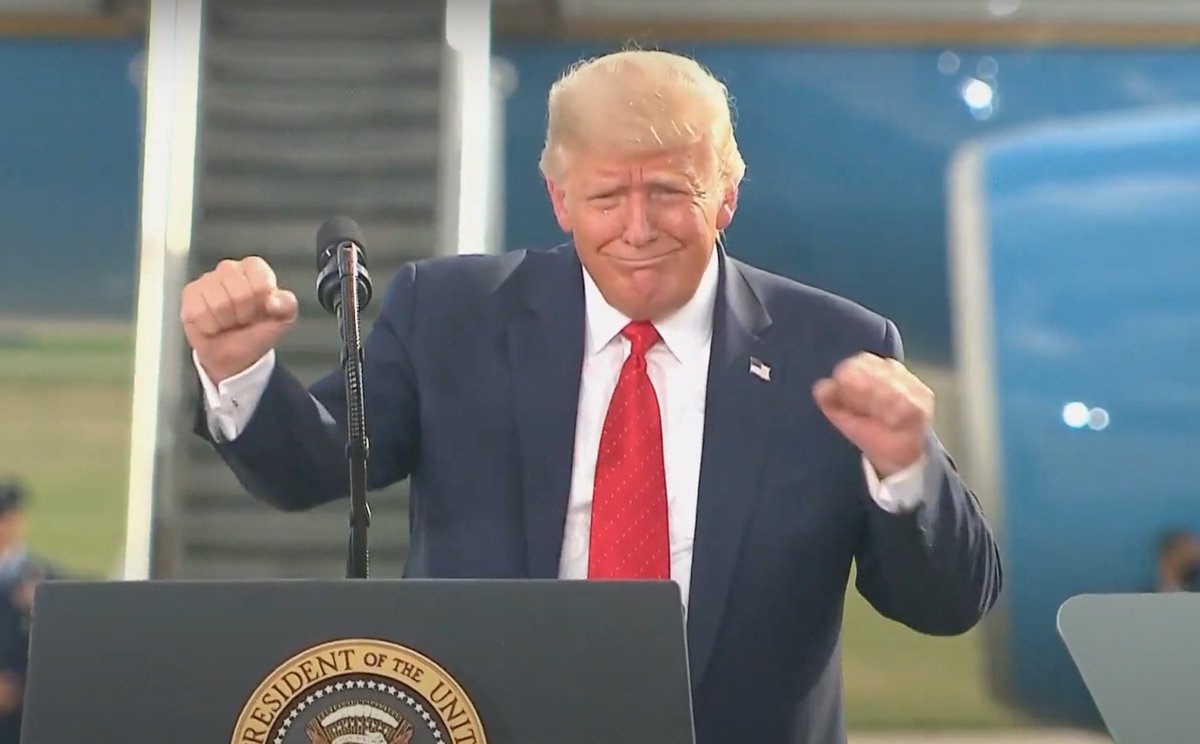Body Language Analysis No.4319: Jim Jordan (Part II) Fox Interview - regarding Allegations of Ignoring Complaints of #SexualAbuse at Ohio State • • #Nonverbal #EmotionalIntelligence #JimJordan #OhioState #Nonreporting #BodyLanguage #BodyLanguageExpert
1/ To date, a total of seven former student-athlete wrestlers have made public statements declaring that - while Jim Jordan was an assistant wrestling coach at Ohio State University (1987 - 1995) ...
2/ ... he was aware that a team physician (Dr. Richard Strauss) perpetrated multiple acts of sexual abuse.
3/ Strauss, who died in 2005 from suicide, also reportedly rendered care for student-athletes in at least thirteen other sports at Ohio State.
4/ Ohio State University has so far interviewed over 150 former athletes and witnesses. OSU has urged anyone with information to contact independent investigators from the Law firm of Perkins Coie (Seattle Office).
5/ On Friday 6 July 2018, Representative Jordan spoke on Fox News. This video interview is included above. What follows is a partial nonverbal and verbal analysis of this exchange.
6/ BRETT BAIER (continuing at 1:13): "Now there are five, at least five. One - Politico - is saying there's six. [stuttering/stammering] W, Where are these guys coming from?"
7/ JIM JORDAN: "Conversations in a locker room are a lot different than, ahum, Ω allegations of abuse or reported abuse to us..."
8/ During 1:23, just after he says "Conversations in a locker room are a lot different than, ahum,...", Congressman Jordan displays what is known as a Loose Tongue Jut (This is notated by the Ω symbol in the dialog above). 

9/ A "Loose Tongue Jut" is indicative of the thought-emotions of:
• "I've been caught"
• "I've been bad"
• "I've done a foolish thing"
• "I've been caught"
• "I've been bad"
• "I've done a foolish thing"
10/ It's important not to confuse the Loose Tongue Jut with a "Tight Tongue Jut" or a "Wide Open Tongue Jut" - all of which have entirely different meanings.
11/ This video is 12 min 28 seconds in duration. Of the 10 minute 52 second portion in which Rep. Jordan is on camera, he displays a total of 55 Loose Tongue Juts. That's an average of 5.06 per minute.
12/ Now go back to 1:20 when Representative Jordan says, "Conversations ...".
Note how he directs his finger downward - forcefully hitting the table.
Note how he directs his finger downward - forcefully hitting the table.

13/ However it's not his the usual finger (his index finger aka forefinger) we would typically see - rather he hits the table with his middle finger. This display is just one example of a what is called as a Partial Emblematic Slip. 

14/ In this moment, Jim Jordan is very much flipping-off his accusers.
15/ This is described as an emblem, because the meaning of baring an isolated middle finger is Universally known around the World as "F*ck You", "F*ck off", "Go F*ck Yourself", "Shove it up your ass", and/or "Up Yours".
16/ It's referred to as a "slip", due to it being subconsciously driven. And it's termed "partial", for it's not displayed in the full-fledged, held-high, in-your-face manner, rather in an atypical, surreptitious, beneath-the-radar fashion.
17/ Multiple other deceptive verbal behaviors are displayed by Jordan. For example, his lengthy experience as a wrestler - and his family's and extended family's experience in wrestling/support staff have nothing to do with these allegations raised by the former student-athletes.
18/ Moreover, by Jim Jordan fulfilling his other coaching duties - as he, of course, was expected to do (e.g., coming to the aide of wrestler Dunyasha Yetts, which he twice mentions) - does not exempt him from these allegations of non-reporting.
19/ He is rationalizing-bargaining - e.g., as if doing good acts can give him "points"/excuse him from other, bad acts.
20/ Many have also noted Jordan's multiple claims that "Conversations in a locker room" are somehow "a lot different" (e.g., not real, fictitious, made 100% in jest, and/or not to be taken seriously).
21/ To anyone with any appreciable life experience, such a claim is both shocking - as well as an admission that Jordan was aware of Dr. Richard Strauss' multiple alleged acts of sexual abuse.
22/ SUMMARY: Jim Jordan's nonverbal and verbal behavior displayed in this interview indicates that, with high probability, he was aware of Dr. Richard Strauss' multiple alleged acts of sexual abuse while Jordan was an assistant coach at Ohio State University.
END
END
• • •
Missing some Tweet in this thread? You can try to
force a refresh









